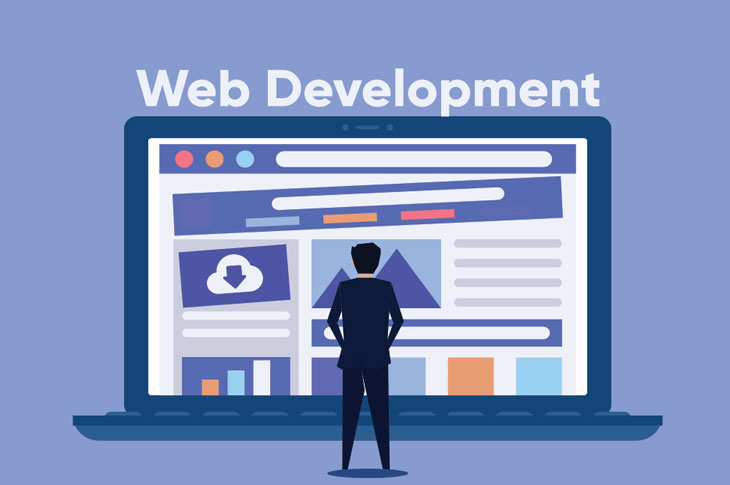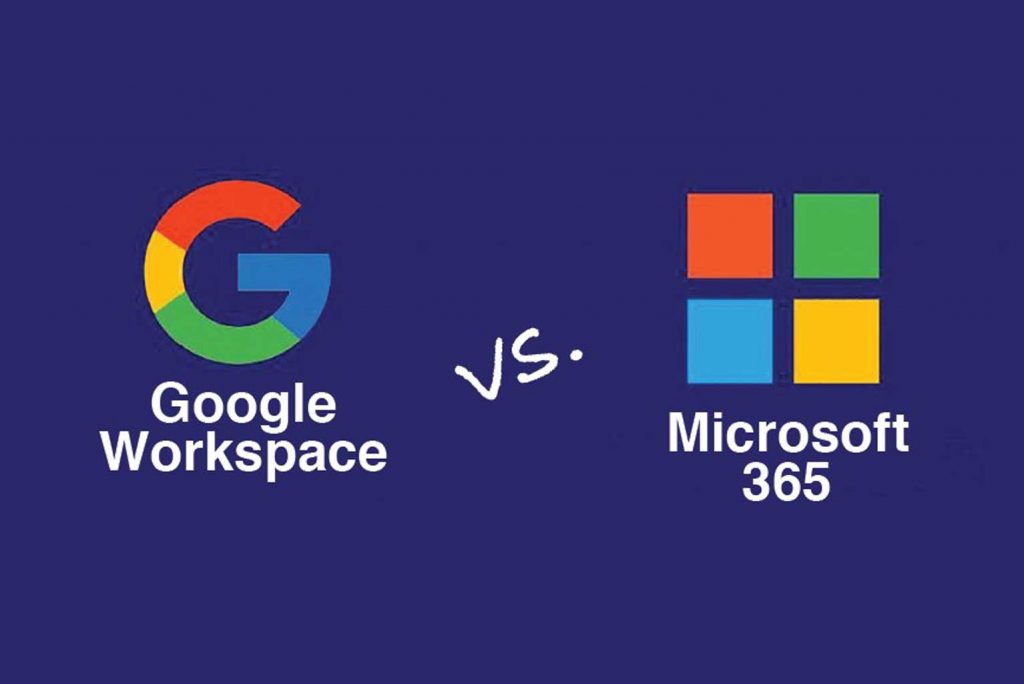A professional website is a cornerstone of success for businesses and individuals alike. Whether you’re an entrepreneur, a small business owner, or an artist looking to showcase your work, a well-crafted website can be a powerful tool to attract, engage, and convert your target audience. However, the cost of developing a professional website can vary significantly based on several factors. In this article, we’ll delve into the key considerations that influence website development costs and provide insights into creating a budget for your online presence.
1. Complexity and Features: The complexity of your website is one of the most significant factors affecting the cost. A simple brochure-style website with a few pages and basic functionality will naturally be more cost-effective than a complex e-commerce platform with extensive product listings, user accounts, and payment gateways. Features such as booking systems, interactive forms, galleries, and customized plugins can add to the development costs.
2. Design and Customization: The design of your website plays a crucial role in creating a strong first impression. Custom-designed websites tailored to your brand identity tend to cost more than using pre-designed templates. Customization includes factors such as color schemes, typography, layouts, and the overall user experience. A unique and visually appealing design can set you apart, but it may come with a higher price tag.
3. Content Creation: Quality content is essential for engaging visitors and conveying your message effectively. Costs related to content creation include copywriting, image selection or creation, video production, and graphic design. Investing in high-quality content enhances the overall appeal of your website and helps establish your credibility.
4. Responsive and Mobile Optimization: In today’s mobile-driven world, ensuring that your website is responsive and optimized for various devices is a must. Responsive design ensures that your website looks and functions well on desktops, laptops, tablets, and smartphones. The additional effort required to achieve seamless mobile optimization may influence the overall cost.
5. E-Commerce Functionality: For businesses looking to sell products or services online, e-commerce functionality is critical. Setting up secure payment gateways, managing product listings, shopping carts, and order processing systems can increase the complexity and cost of website development.
6. Technical Development and Integrations: Custom functionalities, integrations with third-party services (such as social media platforms, CRM systems, and email marketing tools), and backend development work can contribute to the overall cost. These technical aspects ensure that your website performs smoothly and efficiently.
7. Maintenance and Upkeep: Beyond the initial development cost, it’s important to factor in ongoing maintenance, updates, and security measures to keep your website running smoothly and securely. Regular updates are essential to address software vulnerabilities and ensure optimal performance.
8. Domain Name and Hosting: While not part of the website development itself, domain registration and hosting fees are ongoing costs that you’ll need to budget for. These fees cover the address (URL) of your website and the server space where your website files are stored.
There is no one-size-fits-all answer to the question of how much it costs to develop a professional website. Costs can range from a few hundred dollars for a basic website to several thousand dollars or more for a feature-rich, customized, and complex website. It’s important to approach website development as an investment in your online presence and business growth. Carefully evaluate your needs, goals, and budget constraints, and consider consulting with web development professionals to get accurate quotes and recommendations tailored to your specific requirements. Remember that a well-executed website can yield significant returns by attracting customers, enhancing brand visibility, and driving business success.





